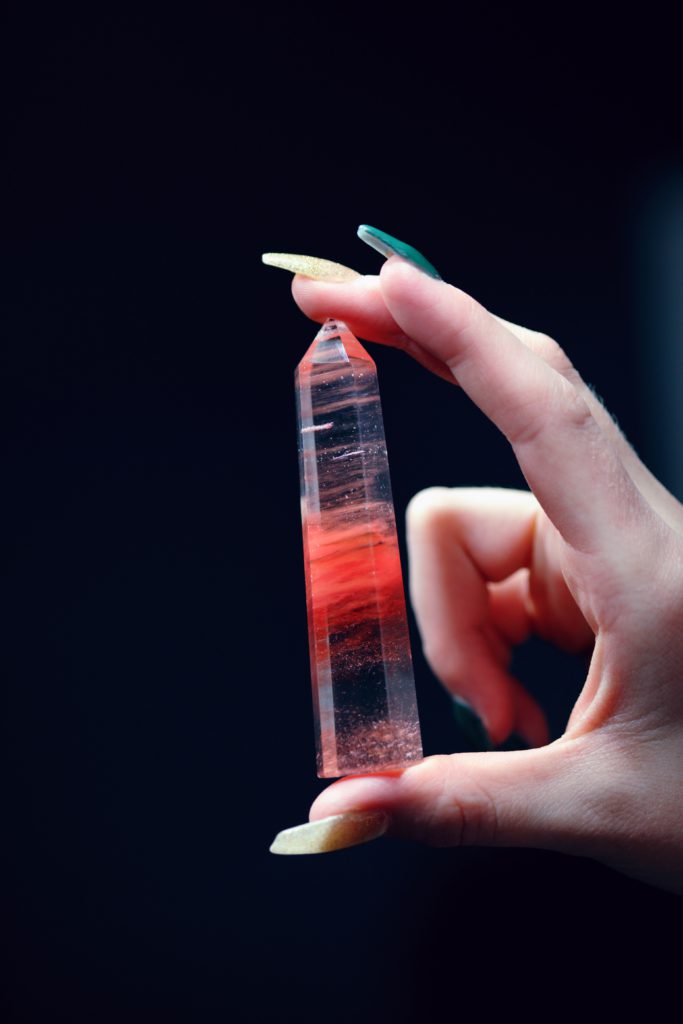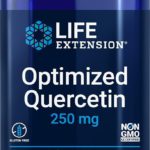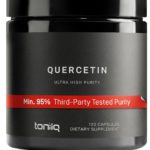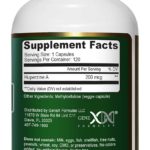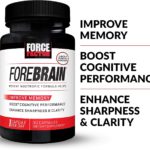Curious about the healing powers of Palmitoylethanolamide (PEA)? This naturally occurring fatty acid amide, belonging to the endocannabinoid family, has been catching attention for its potential therapeutic properties. Synthesized in various tissues of the body, especially in response to inflammation and pain, PEA is believed to play a crucial role in balancing our immune response and promoting overall well-being. Often referred to as a “nutraceutical” or a “dietary supplement,” PEA’s status as a naturally occurring compound has led experts to explore its potential benefits, particularly in managing chronic pain and inflammation. So, does PEA heal nerves? Let’s find out.
What is PEA?
PEA as a naturally occurring fatty acid amide
Palmitoylethanolamide (PEA) is a naturally occurring fatty acid amide that belongs to the family of endocannabinoids. It was first isolated from soybean lecithin in the 1950s and has since gained attention for its potential therapeutic properties. Being naturally occurring means that PEA is produced by the body, specifically in various tissues, especially in response to inflammation and pain.
Synthesis in various tissues
PEA is synthesized in various tissues of the body, including immune cells, neurons, and glial cells. It is produced through enzymatic reactions involving the condensation of palmitic acid with ethanolamine. The synthesis of PEA is often upregulated in response to cellular stress and inflammation, suggesting its involvement in the body’s protective mechanisms.
Role in modulating immune response and promoting homeostasis
One of the key roles of PEA is its ability to modulate the immune response. It has been shown to regulate the activation of immune cells, such as mast cells and microglia, which play important roles in inflammation and immune defense. By modulating immune response, PEA helps promote homeostasis in the body, which is crucial for overall health and well-being.
PEA as a Nutraceutical
Definition and classification
PEA is often referred to as a “nutraceutical” or a “dietary supplement” due to its status as a naturally occurring compound. Nutraceuticals are defined as substances that are derived from food sources and have potential health benefits beyond basic nutrition. PEA fits into this category as it is naturally found in certain foods and is believed to have therapeutic properties.
Not considered a traditional pharmaceutical drug
It is important to note that PEA is not considered a traditional pharmaceutical drug. Traditional drugs are usually synthesized and specifically formulated to target a particular condition or disease. PEA, on the other hand, is a naturally occurring compound that is already present in the body. Its nutraceutical classification reflects its potential health benefits and its use as a supplement rather than a prescription medication.
Potential health benefits
PEA has been the subject of research for its potential health benefits, particularly in the context of managing chronic pain and inflammation. It is believed to have anti-inflammatory, analgesic, and neuroprotective effects. While more research is needed to fully understand the extent of its benefits, early studies have shown promising results, particularly in the field of nerve healing and management of conditions such as peripheral neuropathy and central nervous system-related injuries.

Chronic Pain and Inflammation
PEA’s relevance in managing chronic pain
Chronic pain is a debilitating condition that affects millions of people worldwide. Its causes can vary, ranging from nerve damage to autoimmune disorders. PEA has shown promising potential in managing chronic pain, particularly through its analgesic and anti-inflammatory properties. By modulating immune responses and reducing inflammation, PEA helps alleviate pain and improve quality of life for individuals suffering from chronic pain conditions.
PEA’s role in reducing inflammation
Inflammation is a natural response of the body to injury or infection. However, chronic inflammation can lead to a range of health problems, including chronic pain. PEA has been found to have anti-inflammatory effects by inhibiting the release of pro-inflammatory molecules and modulating immune cell activity. By reducing inflammation, PEA not only helps manage pain but also contributes to overall health and well-being.
Impact on nerve health
PEA has shown potential in promoting nerve health and regeneration. Nerve damage can result from various causes, including injuries, diseases, and chronic conditions. Studies have indicated that PEA can protect nerves from damage, enhance nerve regeneration, and improve nerve function. These effects make PEA a promising compound in the field of nerve healing and management of neuropathic pain.
Mechanism of Action
Interaction with endocannabinoid system
PEA interacts with the endocannabinoid system (ECS) in the body. The ECS is a complex network of receptors and endocannabinoids that play a role in modulating various physiological processes, including pain perception, immune response, and inflammation. PEA acts as a cannabinoid receptor type 1 (CB1) agonist and indirectly affects the activation of cannabinoid receptor type 2 (CB2), thereby modulating the ECS and influencing pain signaling and immune response.
Activation of PPAR-alpha receptors
In addition to its interaction with the ECS, PEA also activates peroxisome proliferator-activated receptor alpha (PPAR-alpha) receptors. PPAR-alpha receptors are involved in regulating gene expression, inflammation, and lipid metabolism. By activating these receptors, PEA can modulate several processes, including immune response, inflammation, and lipid metabolism, which are relevant to nerve healing and overall health.
Effects on nerve regeneration
One of the key mechanisms of action of PEA is its ability to promote nerve regeneration. PEA has been found to enhance the growth and survival of nerve cells, stimulate axon sprouting, and facilitate the formation of new functional connections between nerve cells. These effects are crucial for restoring nerve function and promoting the healing of damaged nerves.
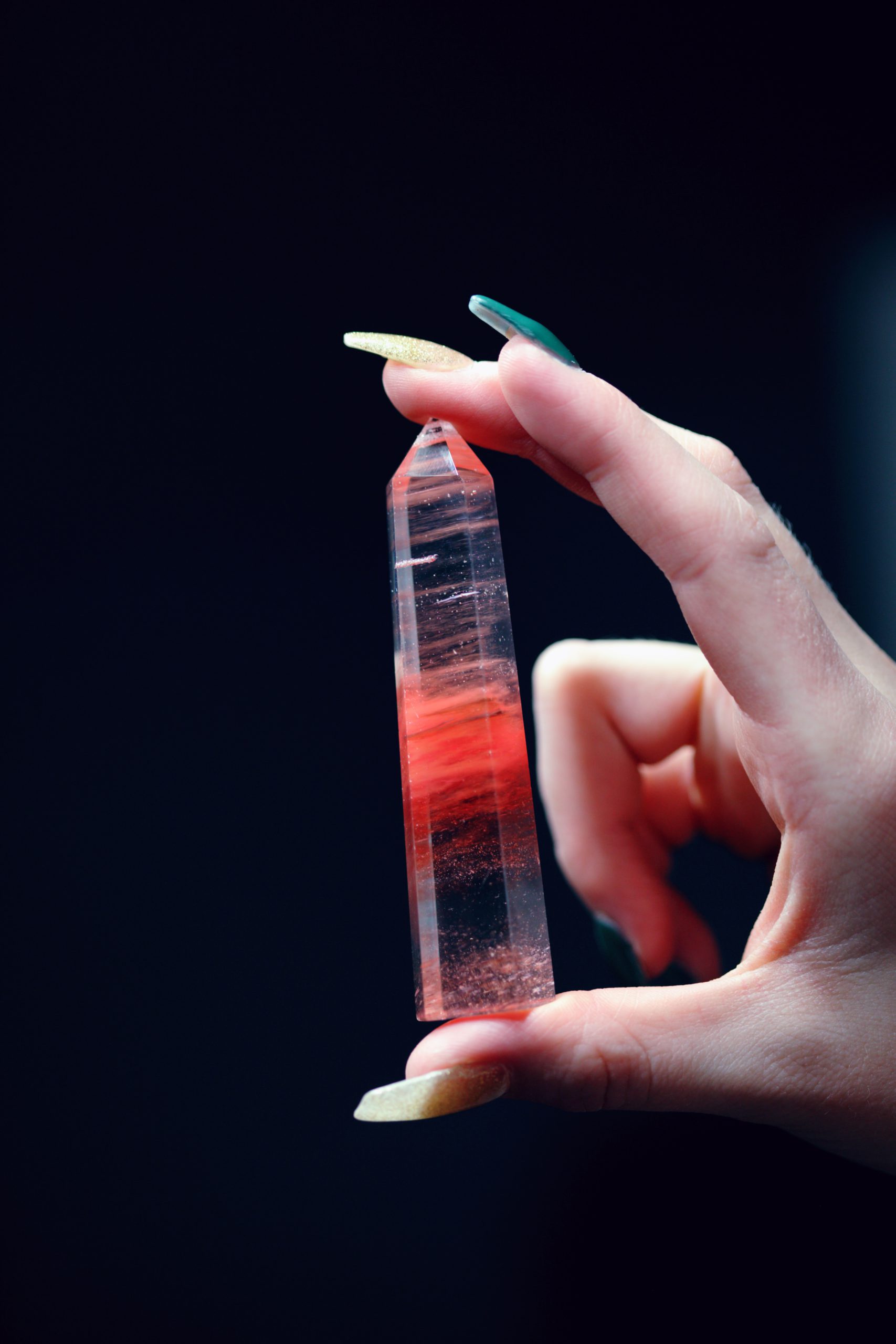
Clinical Studies on Nerve Healing
Overview of relevant studies
Several clinical studies have investigated the effects of PEA on nerve healing and management of neuropathic pain. These studies have involved both human subjects and animal models, providing valuable insights into the potential therapeutic benefits of PEA. While more research is needed to fully understand the mechanisms and efficacy of PEA in nerve healing, the existing studies offer promising evidence for its potential as a therapy for nerve injuries and related conditions.
Effects of PEA on nerve regeneration
Studies have shown that PEA can enhance nerve regeneration and functional recovery in various models of nerve injury. Animal studies have demonstrated that PEA administration leads to increased axonal sprouting, improved nerve conduction, and enhanced functional recovery following nerve damage. These findings suggest that PEA has the potential to promote nerve healing in humans as well.
PEA as a potential therapy for nerve injuries
Based on the results of preclinical and clinical studies, PEA holds promise as a potential therapy for nerve injuries. The compound’s neuroprotective, anti-inflammatory, and analgesic effects make it an attractive candidate for managing conditions such as peripheral neuropathy, spinal cord injuries, and multiple sclerosis. However, further research is needed to establish optimal dosage and administration protocols, as well as to evaluate long-term safety and efficacy.
PEA and Peripheral Neuropathy
Understanding peripheral neuropathy
Peripheral neuropathy refers to damage or dysfunction of the peripheral nerves, which are responsible for transmitting signals between the central nervous system and the rest of the body. This condition can cause symptoms such as pain, numbness, tingling, and muscle weakness. Peripheral neuropathy can result from a variety of causes, including diabetes, infections, traumatic injuries, and certain medications. It is a challenging condition to manage, but emerging research suggests that PEA may offer potential benefits in its treatment.
Efficacy of PEA in managing peripheral neuropathy
Several studies have investigated the efficacy of PEA in managing peripheral neuropathy. These studies have shown that PEA can reduce pain intensity, improve sensory function, and enhance quality of life in individuals with peripheral neuropathic pain. PEA’s anti-inflammatory and neuroprotective effects are believed to contribute to these therapeutic benefits. However, more research is needed to establish the optimal dosage and treatment duration, as well as to compare PEA with existing treatment options.
Potential mechanisms involved
The mechanisms through which PEA exerts its effects in peripheral neuropathy are still under investigation. However, it is believed that PEA’s interactions with the endocannabinoid system, activation of PPAR-alpha receptors, and modulation of immune response and inflammation play key roles in its efficacy. By reducing inflammation, protecting nerves from damage, and promoting nerve regeneration, PEA helps alleviate the symptoms of peripheral neuropathy and potentially contributes to long-term nerve healing.

PEA and Central Nervous System
Effects of PEA on CNS-related nerve damage
Conditions affecting the central nervous system (CNS), such as multiple sclerosis (MS) and spinal cord injuries, can lead to significant nerve damage and functional impairment. PEA has shown potential in managing these conditions by mitigating inflammation, promoting nerve regeneration, and exerting neuroprotective effects.
Use in conditions like multiple sclerosis and spinal cord injuries
Studies have demonstrated that PEA administration can reduce inflammation and improve functional outcomes in animal models of multiple sclerosis and spinal cord injuries. The compound’s ability to modulate immune responses and promote nerve regeneration makes it a promising therapeutic option. While more research is needed to determine the optimal dosage, treatment duration, and long-term effects, the existing evidence suggests that PEA holds promise in the management of CNS-related nerve damage.
Neuroprotective properties of PEA
PEA’s neuroprotective properties are of particular interest in the context of CNS-related nerve damage. The compound has been shown to limit neuronal cell death, reduce oxidative stress, and promote neuronal survival. These effects make PEA a potentially valuable adjunct therapy for conditions that involve nerve damage and loss of CNS function.
Safety and Side Effects
General safety profile of PEA
PEA has a favorable safety profile and is generally well-tolerated. Numerous preclinical and clinical studies have reported no significant adverse effects associated with PEA administration. The compound’s natural occurrence in the body, coupled with its similarity to endocannabinoids, suggests that it is well-suited for therapeutic use.
Common side effects and precautions
While PEA is generally safe, some individuals may experience minor side effects, such as mild gastrointestinal discomfort or allergic reactions. It is important to consult a healthcare professional before starting PEA supplementation, particularly if you have any underlying medical conditions or are taking other medications.
Interactions with other medications
PEA is generally considered to have a low risk of interacting with other medications. However, it is always advisable to inform your healthcare professional about any medications or supplements you are taking to ensure there are no potential interactions. This is particularly important if you are taking medications that affect the central nervous system or have a narrow therapeutic window.
Dosage and Administration
Optimal dosage for nerve healing
The optimal dosage of PEA for nerve healing has not been firmly established. Studies have used a range of dosages depending on the specific condition being treated. It is recommended to start with a lower dosage and gradually increase as tolerated, under the guidance of a healthcare professional.
Different formulations and delivery methods
PEA is available in various formulations, including capsules, tablets, creams, and powders. The choice of formulation depends on the individual’s preference and the targeted area of treatment. For systemic effects, oral formulations are commonly used, while creams and gels may be more suitable for localized pain or inflammation.
Importance of consulting healthcare professionals
It is crucial to consult a healthcare professional before starting PEA supplementation or changing the dosage. Healthcare professionals can provide personalized recommendations based on individual health conditions, potential interactions, and existing treatment plans. They can also monitor your progress and adjust the dosage if needed.
Conclusion
Summary of PEA’s potential for nerve healing
PEA, a naturally occurring fatty acid amide, holds promise as a therapeutic option for nerve healing and management of conditions characterized by chronic pain and inflammation. Its interactions with the endocannabinoid system, activation of PPAR-alpha receptors, and effects on nerve regeneration contribute to its potential efficacy. While more research is needed to establish optimal dosages, treatment protocols, and long-term safety, the existing evidence suggests that PEA may offer a valuable and naturally derived approach to nerve healing.
Future research and implications for clinical practice
Future research should focus on further elucidating the mechanisms of action of PEA, determining the optimal dosage and treatment protocols, and conducting controlled clinical trials to evaluate its long-term safety and efficacy. If proven effective, PEA has the potential to revolutionize the treatment of nerve injuries and chronic pain conditions, offering a more natural and potentially safer alternative to traditional pharmaceutical drugs.
Considerations for individuals seeking nerve healing treatments
Individuals seeking nerve healing treatments should consider consulting healthcare professionals to discuss the potential benefits and risks of utilizing PEA as part of their treatment plan. While PEA shows promise, it is important to remember that it may not be suitable for everyone, and individual responses may vary. Moreover, healthcare professionals can provide guidance on proper dosage, administration, and potential interactions with other medications.
